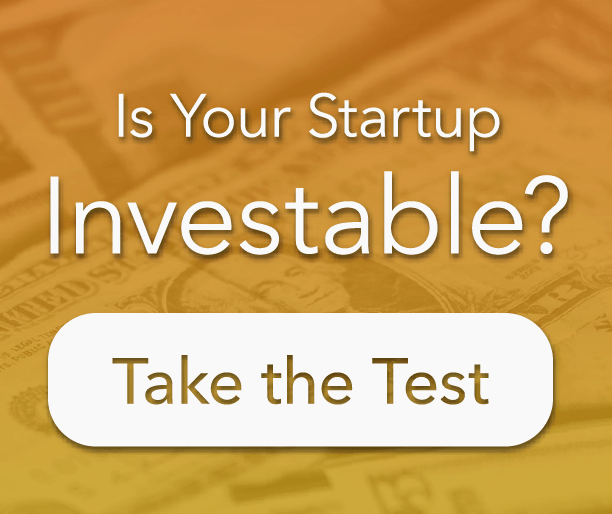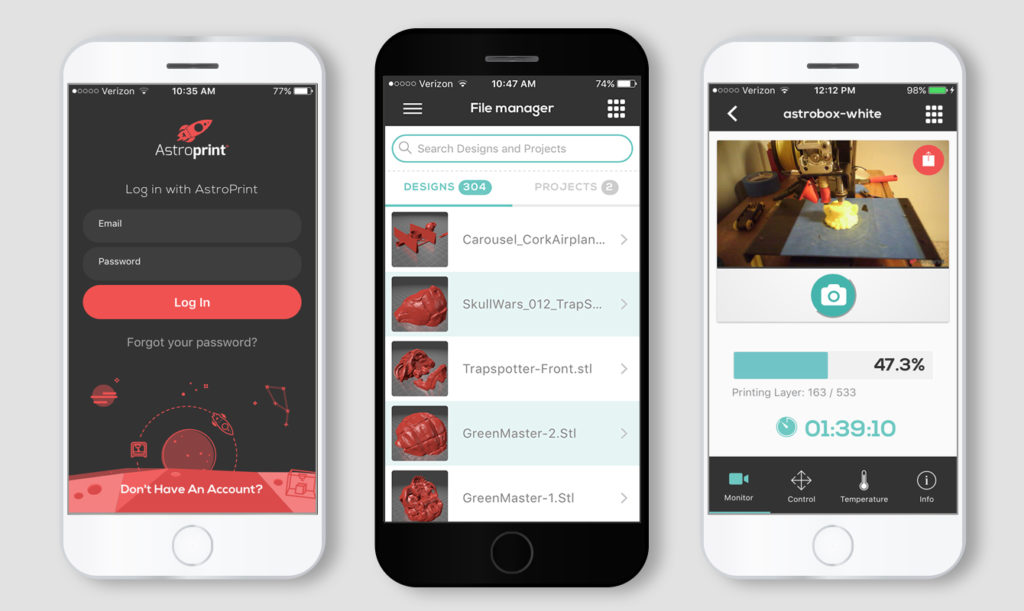
AstroPrint is one of the only companies focused on building a platform for the sub $5,000 3D printer market. The mission is to turn 3D printers into machines that are so simple to use that they can finally reach mass adoption.
 Name: AstroPrint
Name: AstroPrint
Location: San Diego, California and Malaga, Spain
Website: http://AstroPrint.com
Product / Service Offering: Standardized software platform for the 3D printing industry
Co-founder Interviewed: Drew Taylor
Other Key Management Team Members: Daniel Arroyo and Joshua White
This article is part of our Business Startup Spotlight series featuring entrepreneurs and their companies. We hope these founders’ interviews will inspire and motivate you as you undertake your own entrepreneurial journey.
Tell us a little about yourself with a focus on what motivates you.
Exploring interesting and unusual places, things, and technologies motivates me. These include, but are not limited to camping/art festivals, 3D printing, science fiction, alternative medicine, meditation, deserted towns, yoga, VR/AR, Qi Gong, Bitcoin/Blockchain, etc.
When did you establish your company and where did the idea originate?
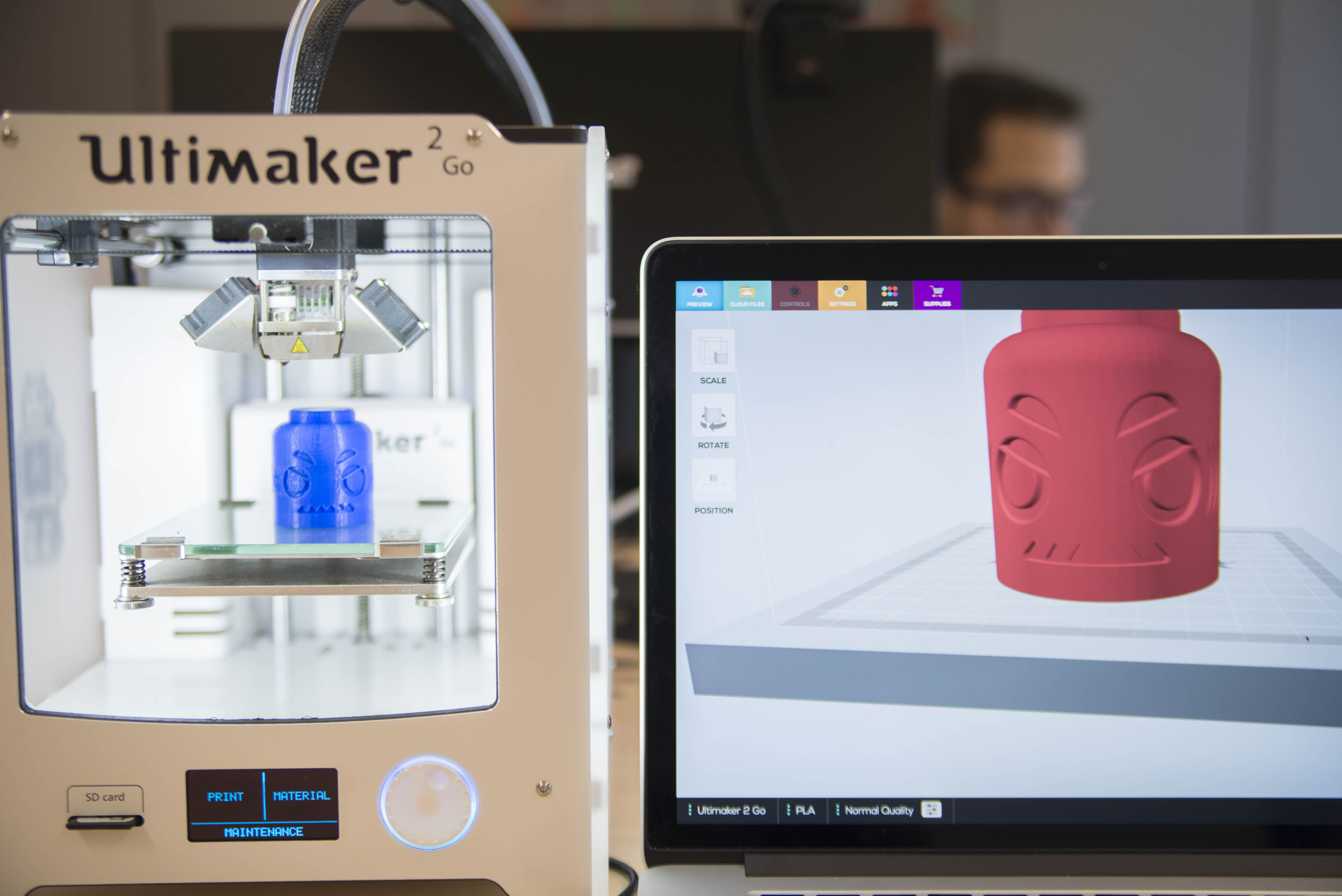 AstroPrint began in the summer of 2013. The mission then, and still today, is to turn 3D printers into machines that are so simple to use that they can finally reach mass adoption. 3DaGoGo.com was the original product. It contained crowdsourced and curated models that can be printed on a 3D printer. We quickly realized that this business was not going to be sustainable and needed to solve a bigger problem.
AstroPrint began in the summer of 2013. The mission then, and still today, is to turn 3D printers into machines that are so simple to use that they can finally reach mass adoption. 3DaGoGo.com was the original product. It contained crowdsourced and curated models that can be printed on a 3D printer. We quickly realized that this business was not going to be sustainable and needed to solve a bigger problem.
Useful Mission – 5 questions to ask when writing a mission statement
Daniel Arroyo, our CTO, pulled in his experience with building large scale platforms for the phone industry (SymbianOS). He helped us pivot to build a platform similar to Symbian, but for 3D printers. In this way, we are standardizing the software for the 3D printing industry as well as the developer ecosystem (i.e., the App Marketplace for apps that live on 3D printers).
What need or needs does your company seek to fill for its customers?
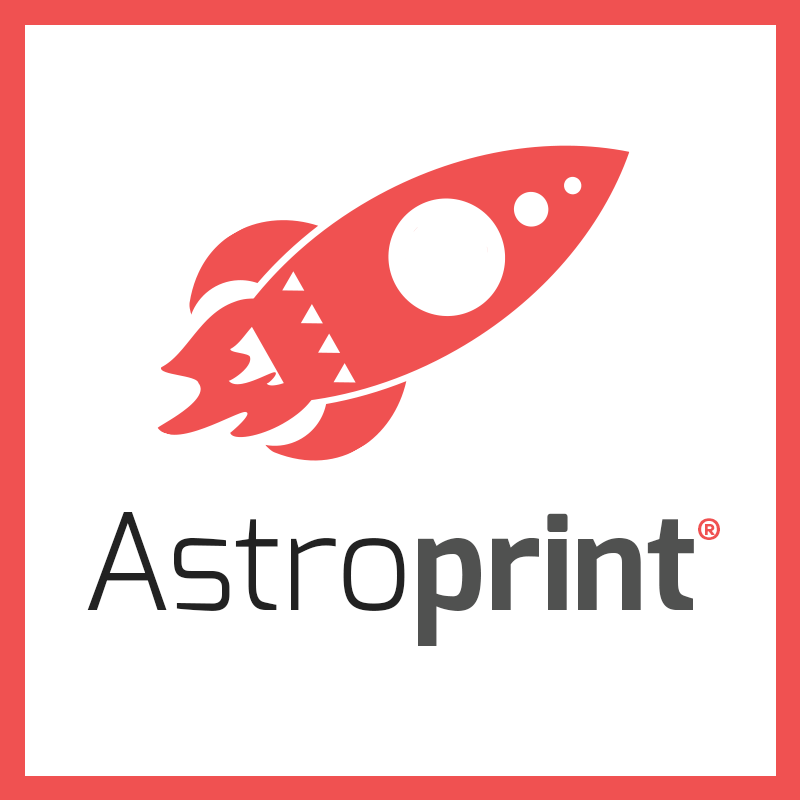
3D Printers have mostly been made by engineers, for engineers. This means that they work well, but are highly complex to operate. This is especially true of the software and user experience behind the machines. Hardware manufacturers are notoriously terrible at making their own software. The 3DP manufacturers are starting to sell machines to non-technical users. Many of those users abandon the technology due to the complexity, thereby, reducing ongoing sales of 3D printers.
By developing software that makes the printers incredibly simple to use, we allow the manufacturers to finally sell to the general population. AstroPrint brings to reality the original dream of 3D printing, a printer in every home.
What is the one thing that sets your company apart from its competitors?
AstroPrint is one of the only companies focusing on building a platform for the sub $5,000 3D printer market. Others focus on factory management solutions. We focus on being the standard software and developer ecosystem that drives 3D printers in homes, small businesses, and small manufacturers.
What was the biggest challenge you faced while getting your company up and running? How did you overcome it?
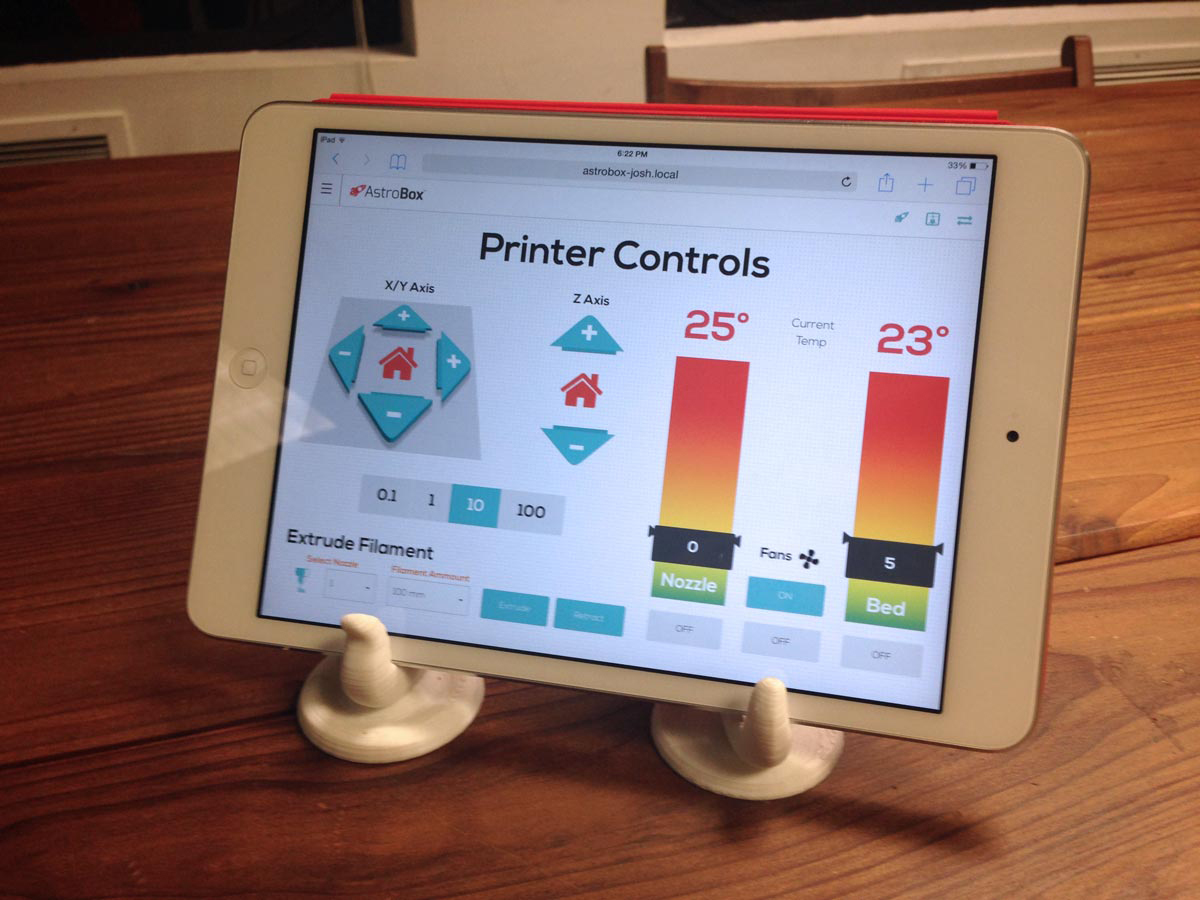 Our biggest challenge was funding. Our company is a platform play. This means it requires a bit of development before we can fully test business models. We are not building a simple social media app that takes a week to build an MVP. AstroPrint is a large undertaking with world changing capabilities, so the MVP took quite a bit of time to build.
Our biggest challenge was funding. Our company is a platform play. This means it requires a bit of development before we can fully test business models. We are not building a simple social media app that takes a week to build an MVP. AstroPrint is a large undertaking with world changing capabilities, so the MVP took quite a bit of time to build.
In addition, 3D Printing is an underserved market in regards to funding. The industry and market is growing exponentially. However, most VCs are focused on things like FinTech, AdTech, BioTech, VR, etc. VCs invest in industries that they know. Emerging technologies such as 3D Printing, Bitcoin, Drones, etc., are not industries that many VCs know or understand yet; therefore, there is less investment capital moving into them. How did we overcome this issue? Tenacity.
4 Initial Steps in Targeting Venture Capital Investment
What resources have you utilized that other founders might find compelling or useful?
Technology accelerator programs. We have been through Betaspring, 500 Startups, and soon we will start with Kickstart Accelerator in Zurich. Our past accelerators have helped us tremendously. We are really looking forward to our upcoming experience at Kickstart. The program has not started yet, but they have already connected us with an amazing community of mentors and entrepreneurs.
What steps have you taken to secure funding for your company and what, if anything, would you do differently if you had to start over?
Technology accelerators have been incredibly helpful in regards to securing funding. In addition, we have done well with crowdfunding campaigns. We ran two successful Kickstarter campaigns. In addition, we did Equity Crowdfunding (accredited investors) on both Microventures and Crowdfunder.
We were also lucky enough to secure funding from the European Regional Development Fund.
What questions have you had as an entrepreneur of a fledgling startup that you had a particularly hard time finding the answers to?
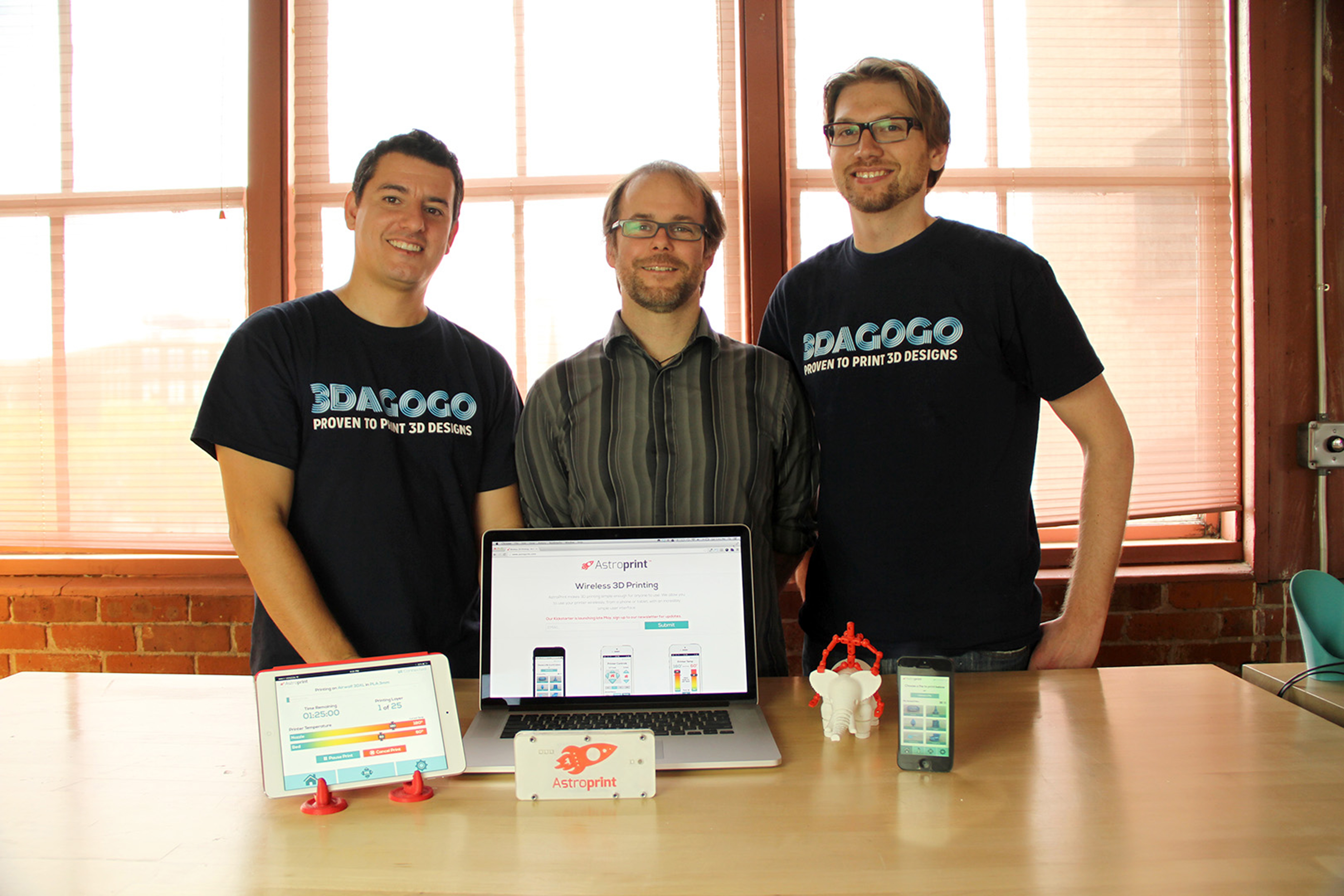 Between Google searches and reaching out to mentors from tech accelerators, pretty much all of our questions get answered. Also, we are a little older than many startup founders, so we have a bit of experience under our belts already.
Between Google searches and reaching out to mentors from tech accelerators, pretty much all of our questions get answered. Also, we are a little older than many startup founders, so we have a bit of experience under our belts already.
What challenges, if any, are you grappling with?
We are in the process of hiring a sales team now, but none of our founders have much sales experience. We have had to reach out to quite a few of our mentors to help us in the hiring process to make sure our sales team starts strong. This has been incredibly helpful. Our first BD hire came on board in September, and we are very excited.
The Perfect Entrepreneurial T-E-A-M: Transformer, Examiner, Architect, and Mover
What is the most helpful tip or “hack” you’ve ever learned, stumbled across, or been given?
Focus on the money. I am not a person who focuses on money as a source of happiness, so it has been an unusual twist in life to have a startup that needs to generate money to validate itself, but that is the game. In the end, making money is what validates a for-profit startup company. Making a cool product is great, but if you don’t make money, it won’t last.
Looking for Funding? TurboFunder can help!
Are you familiar with other spotlight worthy startups? If so, we would like to hear from you. Tell us about them in the comments below!


